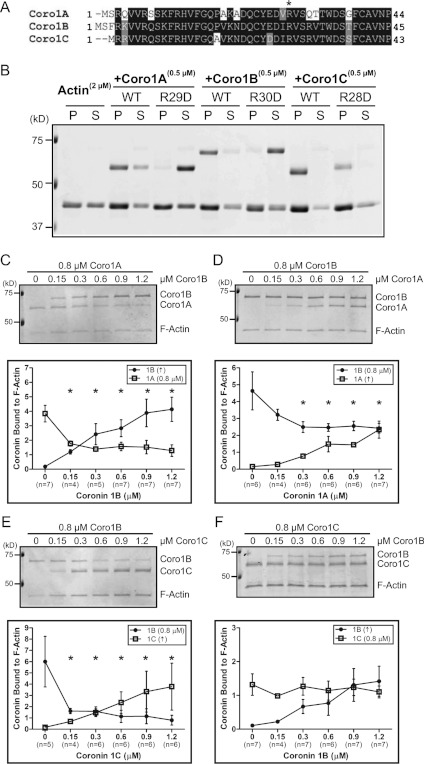Figure 1. Mutation of a conserved arginine residue abolishes F-actin binding in Coro1A and Coro1B, but not Coro1C.
(A) Protein sequence alignment of human Coro1 N-terminus. *Conserved arginine residue on the β-propeller shown previously to be involved in F-actin binding for Coro1B. (B) Actin cosedimentation was performed using 2 μM actin alone or with 0.5 μM Coro1A, Coro1B, Coro1C and their respective Arg→Asp mutants (R29D, R30D and R28D). Pellet (P) and supernatant (S) fractions were separated by SDS/PAGE. Representative Coomassie Blue-stained gel is from at least three independent experiments. Coro1A (C), Coro1B (D and E), or Coro1C (F) (0.8 μM) was incubated with 0.3 μM actin followed by incubation with increasing concentrations of the indicated coronin. Actin cosedimentation was performed and pellet fractions were separated by SDS/PAGE. Representative Coomassie Blue-stained gels are from at least four independent experiments. Quantification is shown as amount of coronin bound to F-actin, which was normalized to the amount of actin in the pellet. Results are means±S.E.M. from the indicated number of experiments (n). Asterisk indicates statistical significance compared with initial concentration of coronin by one-way ANOVA; *P<0.05. WT, wild-type. In all gels, molecular mass markers are shown in kDa on the left-hand side.

